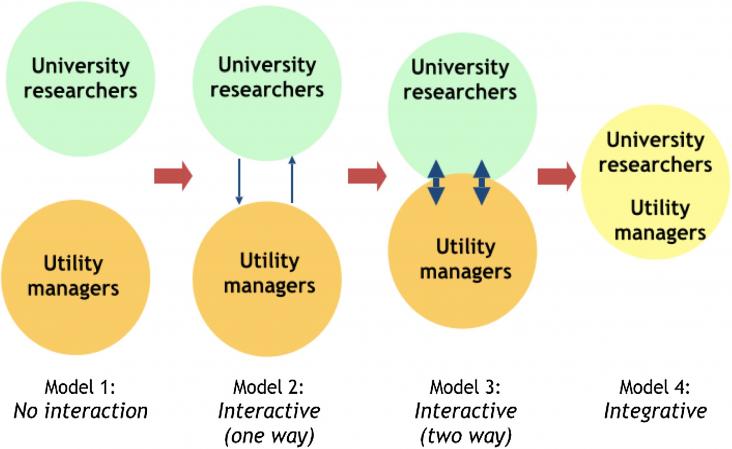Nutrient recycling has been practiced for thousands of years in China to maintain food production without environmental pollution.
An international review of stormwater regulation and practices, especially for low-exposure, landscape irrigation schemes in urban environments, was undertaken with a view to identifying what could be
Urban source separation infrastructure systems have a promising potential for a more sustainable management of household food waste and wastewaters.
Disasters impacts on urban environment are the result of interactions among natural and human systems, which are intimately linked each other.
Elsevier,
Challenges and Opportunities in Urban Public Transportation, Chapter 7, 2017, Pages 95–107
Green innovations will be significant in reducing climate change impacts and contributing to goals 9 (industry, innovation and infrastructure), 11 (sustainable cities and communities) and 13 (climate action). This chapter considers a number of sustainable and innovative transport and infrastructure options to support these goals.
The Blueprint for Business Leadership on the SDGs aims to inspire all business — regardless of size, sector or geography — to take leading action in support of the achievement of the Sustainable Development Goals (SDGs). It illustrates how the five leadership qualities of Ambition, Collaboration, Accountability, Consistency, and Intentional can be applied to a business' strategy, business model, products, supply chain, partnerships, and operations to raise the bar and create impact at scale. The Blueprint is a tool for any business that is ready to advance its principled approach to SDG action to become a leader. This chapter relates specifically to SDG 11.
Aquaponics is an innovative smart and sustainable production system for integrating aquaculture with hydroponic vegetable crops, that can play a crucial role in the future of environmental and soci
London's ability to remain a world-leading city in an increasingly globalised economy is dependent on it being an efficient, low-risk place to do business and a desirable place to live.
This study sought to assess the relationship between regulatory and educational approaches to nutrient management and homeowner behaviors, perceptions, and knowledge of best management practices (BMPs

In the face of intensifying stresses such as climate change, rapid urban population growth, land use change, and public concern with rates and use restrictions, water management is becoming increasing
